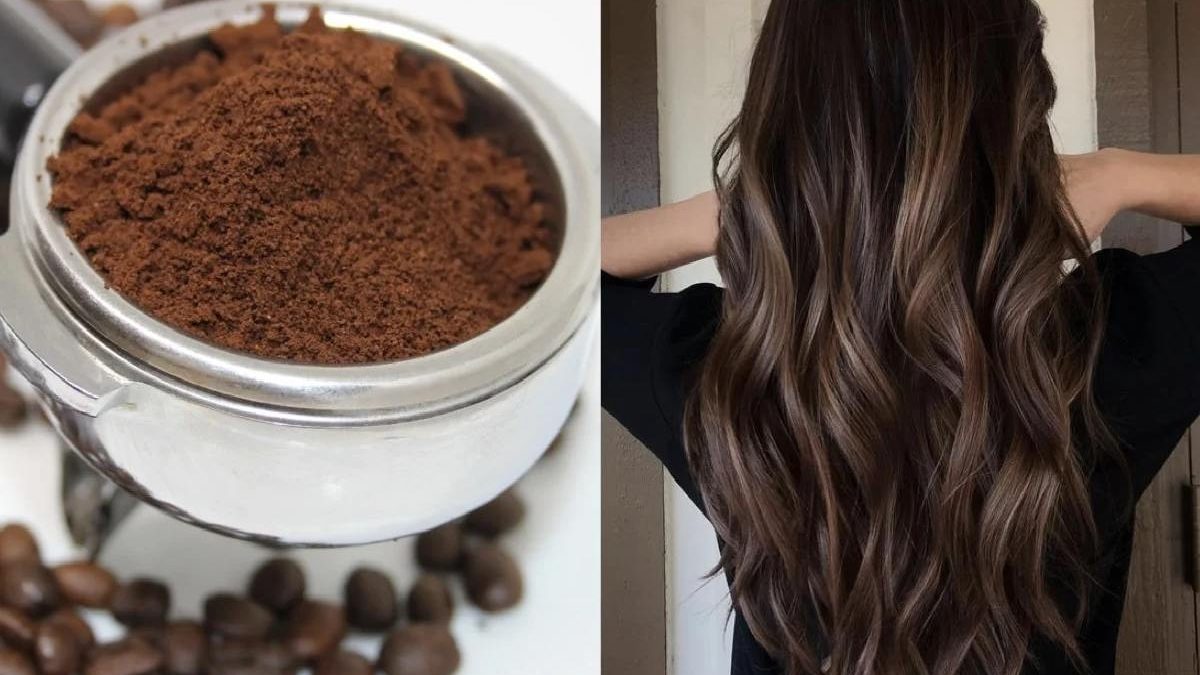Color Hair Vegetable dyes are less harmful to the hair fiber and can easily apply at home , similar Here we give you our advice to carry out your color treatment successfully and we will take care of it thanks to the appropriate hair treatments
Table of Contents
What is its Composition
Vegetable (or natural) dyes consist mainly of natural ingredients. Vegetable pigments, generally derived from the powders or roots of plants such as indigo or safflower, allow hair to be colored. They combine with other components that fix the color in the hair.
What is the Difference to a Classic Tint
In contrast to classic hair dyes, natural colors do not contain any chemical dyes or oxidizing agents. There is no ammonia or peroxide in its composition, nor do they contain parabens or silicones. These dyes respect the hair fiber and do not leave the hair dry or rough. On the contrary, the hair looks lighter, and reflections appear in the sunlight. The opacity may be less “intense” than a classic colour, although it covers the roots perfectly. Finally, 100% natural dyes fade over time after several months, unlike permanent chemical dyes.
Can all Shades Found
The shades available in vegetable dye correspond to the colors of the plants used: ebony, mahogany, chestnut, golden, and reflections tending towards coppery blond or red. However, the color palette is very wide, ranging from copper blonde to dark brown. It is then impossible to dye your hair blue or pink with a natural dye. Also, we cannot go from brown to platinum blonde with a vegetable dye. To achieve this, it would be necessary to resort to a discoloration containing oxidizing products (e.g. hydrogen peroxide) that modify the hair in depth. However, the natural dye makes it possible to cover gray hair. As with a classic coloring, the final color depends on your hair’s natural shade.
Achieve your hair color
Before using the vegetable dye, you can apply a green clay mask to your hair to detoxify and remove any traces of previous chemical dyes or hair products. It is important to keep the skin afterwards and cover the shoulders and neck. Ideally, ask another person, also protected by gloves, to apply the color to your hair. On the other hand, consider having a comb handy, preferably made out of wood. Then prepare the paint according to the instructions on the package: the paint is usually mixe with a fixing product.
Apply the Dye
Next comes the paint application phase. If you have short hair, you can do it all at once: apply the product to one half of your head, then the other half, and finally comb to distribute the product. For long hair, it is better to go in sections. Start by removing the bottom hair and tie the rest with a clip at the top of your head. Apply color to lower lengths and comb to distribute evenly. Then let another section of hair fall over the already treated one and repeat the steps. Do the same with all your hair until it is soaked. Nothing prevents you from applying the color to a few strands to create a balisage effect and add highlights. Leave the time indicated on the dye.


